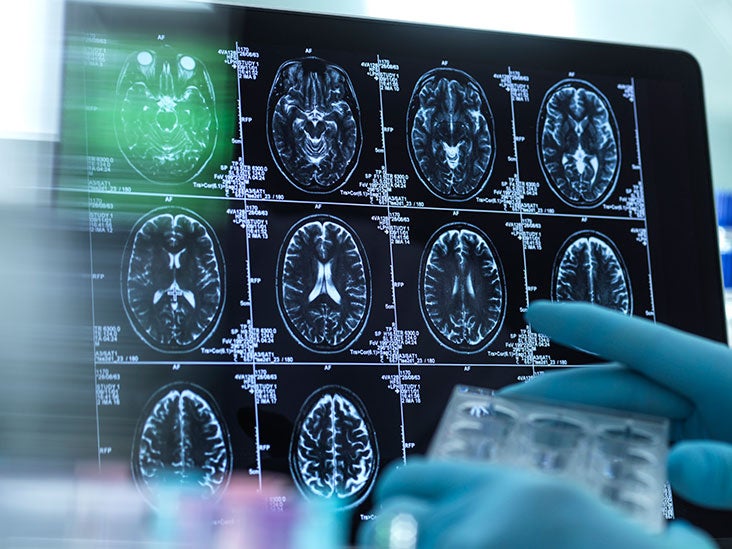The Most Important Neurological Tools of the Modern Era

Neurology is an ever-changing field, and today’s most essential neurological tools will probably be replaced by newer and better technology.
Nevertheless, some devices have stood the test of time and continue to be used in neurology today for their effectiveness and accuracy. These tools serve medical professionals of all types, from the neurologist to the general practitioner, and they play an essential role in diagnosing a patient’s condition.
Here are some of the most common and useful neurological tools used by medical professionals today:
Pupilometry
Pupilometry is a tool used to measure pupil size to determine how much light enters the eye and how much it affects vision. Health experts can use pupilometry as part of a neurological exam or during surgery for pupil diameter measurement to help ensure that patients are fully anesthetized.
Pupilometers have revolutionized traumatic brain injury care, as they can help doctors detect neurological damage in the brain that may not be obvious during a physical pupil evaluation.
CT scan
A computed tomography (CT) scan uses x-rays to create detailed images of the body, including the brain. CT scans can be used to diagnose traumatic brain injuries, other types of neurological damage, and tumors.
CT scans are helpful because they can detect injuries or other problems with the brain that may not be visible during a physical examination. The images created by CT scans are often used to create three-dimensional representations of an injured brain, which can help doctors assess the extent of damage and plan treatment.
Electroencephalogram (EEG)
An electroencephalogram (EEG) is a test that measures electrical activity in the brain. This test helps doctors determine if a person has had a seizure or a brief episode of abnormal brain activity that affects how the person feels and acts.
A doctor may order an EEG when someone shows symptoms of epilepsy or has been injured in such a way that brain damage is suspected.
MRI
Magnetic resonance imaging (MRI) is a non-invasive medical test that uses powerful magnets and radio waves to create images of the brain. MRI scans are often used in diagnosing traumatic brain injuries, especially those caused by concussions.
MRIs effectively reveal traumatic brain injuries that are not visible to the naked eye, such as bleeding in or around the brain. They can also show whether there is any damage to blood vessels and how much of the brain has been bruised by a blow.
Spinal tap (lumbar puncture)
A spinal tap (also called a lumbar puncture) is a procedure in which a small amount of fluid is removed from the spinal column. Doctors can use this to diagnose traumatic brain injuries, including concussions.
A doctor uses an MRI or CT scan to locate the best place in the spine to perform the procedure. A needle is inserted into that space and suction out some cerebrospinal fluid (CSF).
Evoked potentials
Evoked potentials are a series of tests that measure how the brain responds to different stimuli. This can help doctors diagnose concussions, which often cause delayed responses in the brain.
The tests can also show whether there is any damage to blood vessels and how much of the brain has been bruised by a blow.
Neurosonography
Neurosonography is a non-invasive procedure that uses sound waves to create an image of the brain. This can help doctors see whether there are any abnormalities in the brain, such as bleeding or tumors. It’s often used to diagnose concussions.
This procedure is effective at diagnosing concussions because it can show whether there are any bleeds or hematomas in the brain. It’s also helpful for identifying the severity of trauma and determining if there is any damage to blood vessels deep within the brain.
Ultrasound (sonography)
Ultrasound is a analytical test that uses high-frequency sound waves to create an image of structures inside the body. Medical professionals can use it to look at soft tissues, such as organs and blood vessels. Ultrasound is also known as sonography.
Doctors use this method for diagnosing concussions. It’s often used to look at the brain, spine, and organs in the abdomen. Ultrasound is beneficial when looking for bleeding or swelling that may be present around soft tissue injuries of the head.
